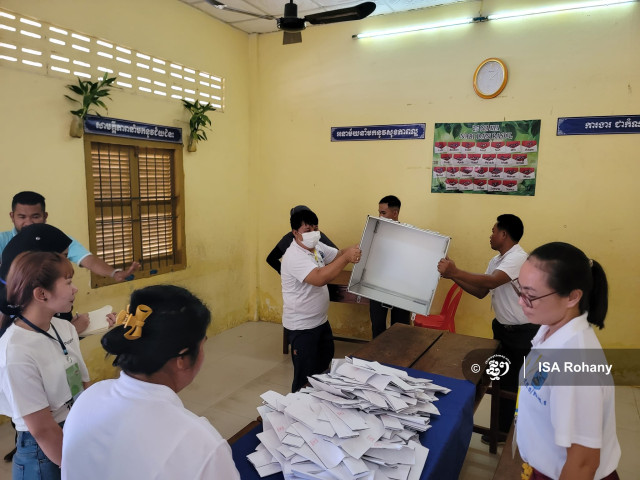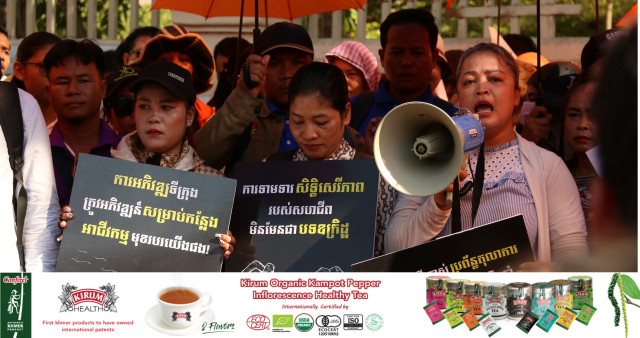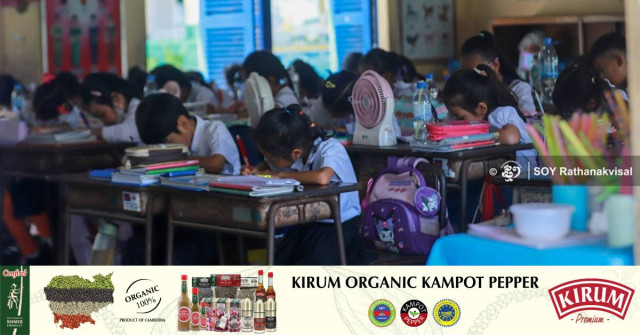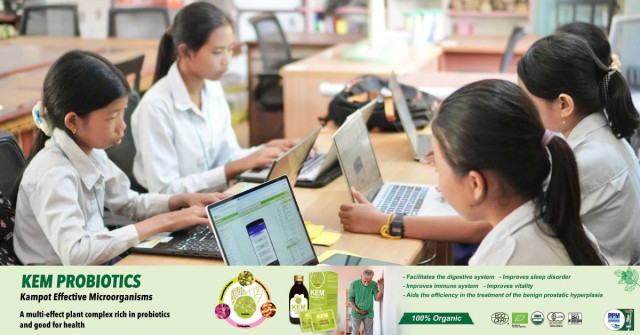Child Stunting and Emaciation Still a Problem
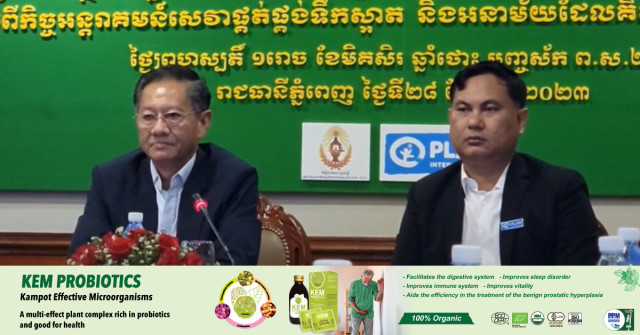
- By Nhek Sreyleak
- December 29, 2023 9:50 AM
PHNOM PENH – Child stunting and emaciation due to malnutrition remain a main concern and more public awareness is needed, experts say.
Chea Samnang, vice-chairman of the Council for Agricultural and Rural Development, said 22 percent of children had stunted development and 10 percent in were emaciated children in 2022.
The Cambodia Demographic and Health Survey (CDHS 2022), showed that the number of stunted children had fallen by 10 percent since 2014 but the number of emaciated children remained stagnant.
Samnang was speaking at a Media Engagement Workshop on Promoting the Implementation of the National Guiding Principles for Nutrition-Sensitive Interventions on Dec. 28.
“Stunting indicates those with who are short for their age. When stunted children grow up, they find it hard to study compared to others as their brains have a slow processing speed.
“Although there was a 10 percent decrease in stunted children, the percentages still remain the highest compared to our neighboring countries,” Samnang said.
Studies show that intellectual, mental and health of stunted children can not return to normal. Normally, they are slow learners and not able to work effectively.
Provinces with the highest prevalence of stunting include Ratanakiri, Mondulkiri, Stung Treng, Pursat, Kampot and Kep, based on the CDHS 2022 report.
The impact of emaciation is not as bad as stunting. Emaciated children can become normal when they receive enough nutrition and hygiene.
“However, they should not be ignored. Enough nutrition and clean water should be provided to them. In some serious cases, treatment at hospital is needed,” Samnang said.
Samnang encouraged journalists to work closely with the government in raising awareness on these concerns among the public and relevant institutions.
Originally written in Khmer for ThmeyThmey, this story was translated by Rin Ousa for Cambodianess.







